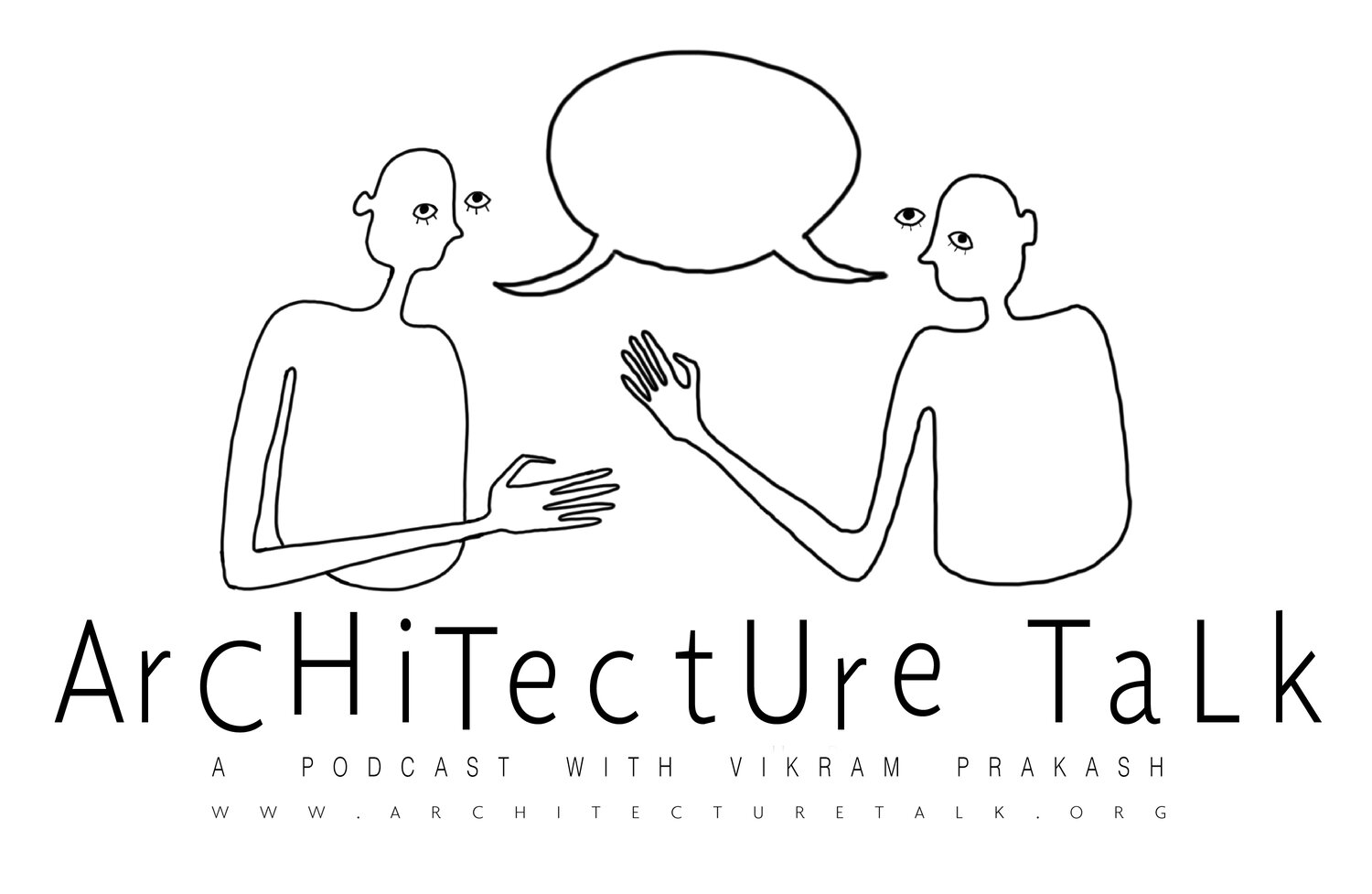109. Textile Capitalism and Architectural Patronage with Dan Williamson
Original Drawing by Tori Haynes
"With Independence, you see this desire to move from a colonial milieu to a broader cosmopolitan viewpoint."
Dan Williamson
This week, we continue interrogating the modern nationalist project in India, its legacy and implications for thinking the present with Dan Williamson, professor and scholar of Mid-century Ahmedabad. We learn why and how Amedabad, a city in Western India, came to be home to some of the best and most amazing advances in Indian Modernism.
Timestamp Outline
1:00 Introducing Dan Williamson, scholar of the life and times of mid-century post-colonial Ahmedabad, specifically chronicling the relationship between the textile mill families and their patronage of world-famous architects
3:00 Mid-century Indian Modernism Panel Discussion (Part 1, Part 2)
4:30 Monument of the Mughals, Ajunta Caves, Saanchi
5:10 19th century Mumbai, the Crawford Markets
6:30 "If we're dealing with the post-colonial scene, we have to deal with Louis Kahn and Le Corbusier." DW
8:15 Charles Correa and the Correa archive
9:30 "In order to entice all of these architects to Ahmedabad, you had a very insular group of architectural patrons who on the one hand were very worldly...but it is still very much an insular place." DW
10:00 Vikram asks: What produced the amazing architecture of Ahmedabad?
10:20 Mill-owning families, like the Lalbhai family and the Sarabhai family were instrumental in introducing Modernist architecture to Ahmedabad
11:20 Rabindranath Tagore
11:40 "With Independence, you see this desire to move from a colonial milieu to a broader cosmopolitan viewpoint." DW
12:30 unbuilt Frank Lloyd Wright in India
13:30 "Ahmedabad has this very interesting political history where they were lead by a business leaders...[referring to the textile mill owners]" DW
16:45 Taliesen West F.L.W.
17:30 Wrightian Modernism - how does it cut across the Atlantic and get to Le Corbusier?
20:00 The Apple Store
22:20 Harvard GSD Gropius
23:50 Textile Guild mentality - "The way that businesses were run is that they all had guilds and so when the textile industry established itself it built itself out of that guild mentality. They are very much capitalists, but there is a sense that they can collectively maximize their profits together." DW
24:30 Modern architecture was used to promote industry and industrial ends.
24:45 The Idea of India by Sunil Khilnani
26:40 "When you look at the mission of Atira itself, which Nehru came and inaugurated Atira (which is important because this is where we see the Mill Owners plugging into the Nehruvian Ideals), and Atira is really the embodiment of this idea of industrialization on self-imposed terms...This brings in experts from Europe and other places with the idea that they would train 'us' and then we would do our own [informed] thing." DW
27:10 Nehruvian Socialism and the Bombay Plan floated by the industrialists
28:30 This modernism was not "catching up with the West" VP
30:25 Discussion of B.V. Doshi's introduction to the architecture scene through Le Corbusier and the Sarabhai family
33:00 What does Modernity mean? is it rooted in the past? or is it a complete break? is it universal?
34:30 How does IIM happen? Discussion of BV Doshi's role in IIM's development
37:00 Siegfried Gideon
37:30 The Second Machine Age
41:40 Hasmukh Patel (architect) late 60s
43:20 "It's around the 60s and into the 70s where you see the break between the Mill Owners' Association and its grip on the city." DW
47:50 What is the nature of Modernism?







